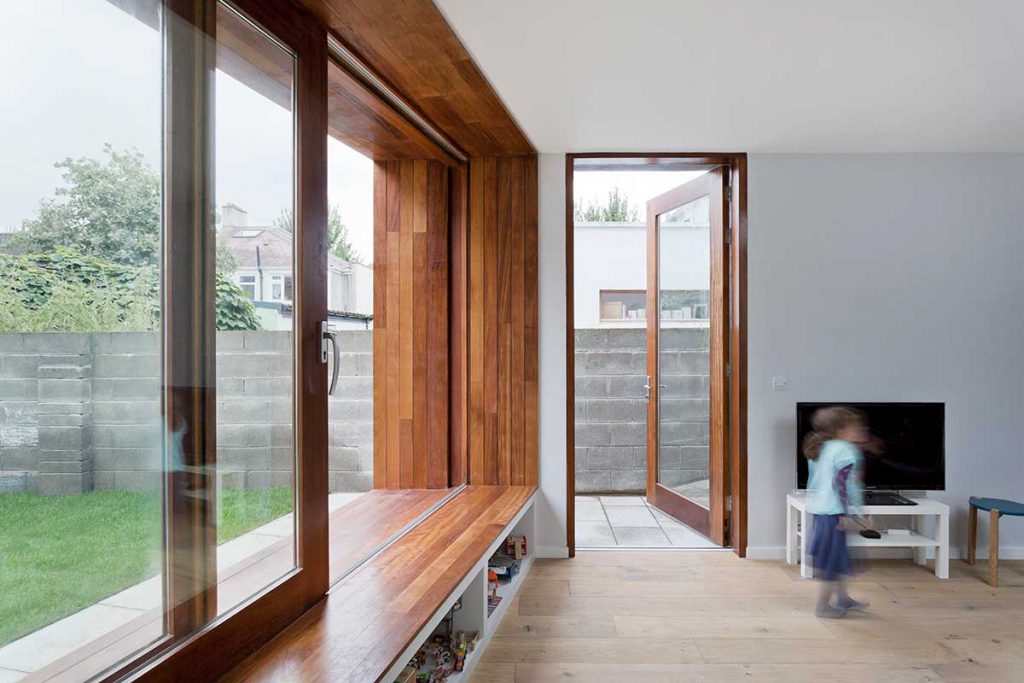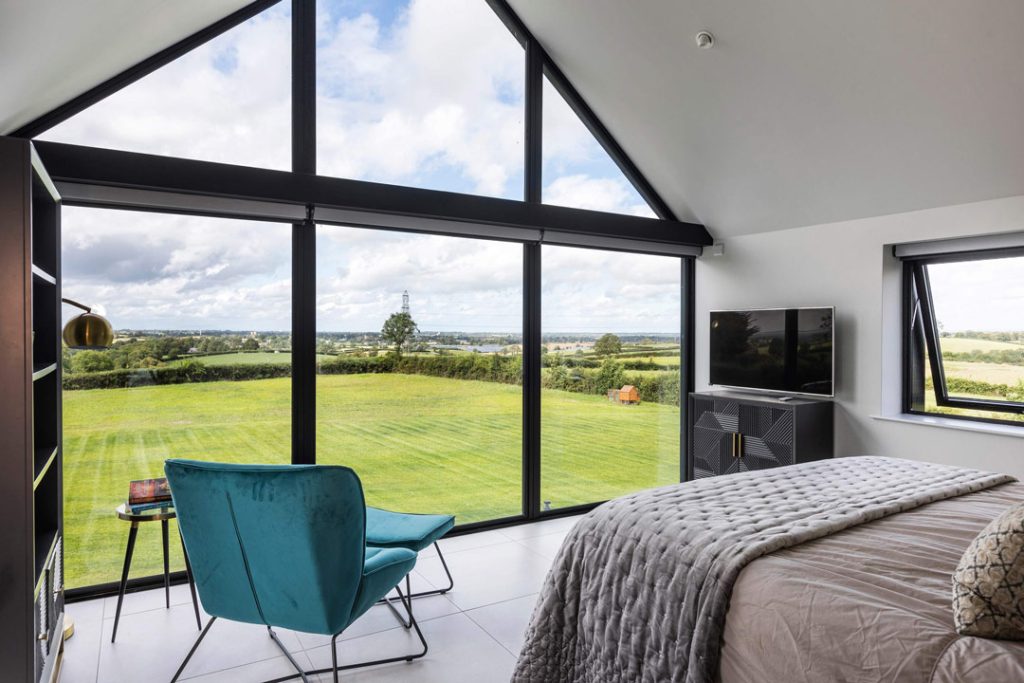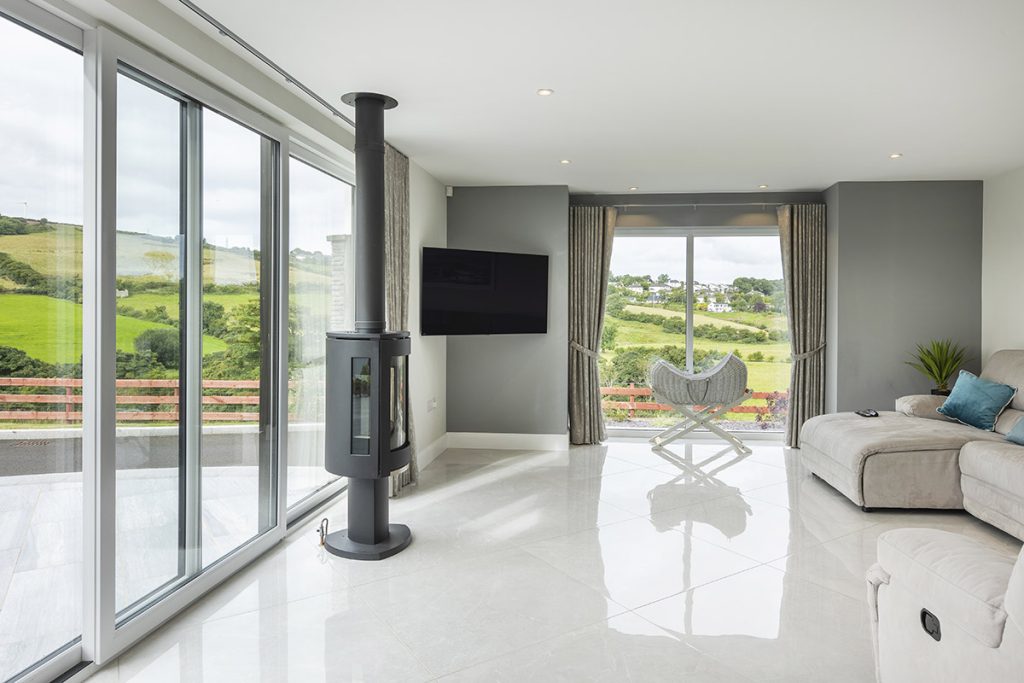Selecting the right windows for your home is not merely a matter of aesthetics; it’s a pivotal decision that can profoundly influence both the interior and exterior of your house. Understanding the various window styles and configurations available is crucial. This comprehensive guide will help you make informed choices that not only enhance the look of your home but also cater to your specific needs. From traditional sash windows to modern innovations like tilt and turn mechanisms, we’ll explore the options available for your home, ensuring you make the best decision for your unique circumstances.
The Evolution of Window Design
Window design and operation have witnessed minimal change over the years, with classic styles like sash, sliding sash, and casement remaining popular choices. However, recent years have seen the introduction of innovative opening mechanisms such as tilt and turn. While windows have maintained their traditional charm, doors have evolved significantly, from single door systems to bifolding arrangements. The type of door and window you select can significantly impact your budget, ranging from budget-friendly uPVC doors to high-end aluminum sliding screens. Let’s delve deeper into the factors to consider when choosing the right window styles and configurations for your Irish home.

Architectural Styles: Finding the Perfect Frame
The architectural style of your home plays a pivotal role in determining the most suitable window frame material. For instance, if you’re building a replica of a Tudor cottage, chunky solid oak frames might be ideal. In contrast, modern designs call for slim and minimal frames that create the illusion of seamless integration between the glass and the wall. Furthermore, contemporary frameless windows, where the entire exterior is made of glass, are also available in the market. If maintaining a seamless line between open and closed windows is essential to you, some companies can customize matching frame thicknesses.
Sash Windows for Period Properties
Period properties or those inspired by Georgian designs often feature sash windows as a standard choice. These windows can be crafted from timber or uPVC, with glazing bars that either adhere to the glass or hold small single panes. Generally, the former is more energy-efficient. When selecting window patterns and shapes for traditional properties, consider smaller windows with mullions (dividers) to break up large openings. In contrast, modern designs favor large, plain sheets of glass, creating a sleek and uncluttered look. When choosing between portrait or landscape formats, ensure consistency in architectural styles. Keep in mind that the orientation of your windows can significantly impact the lighting within your home, with horizontal windows typically providing better light than vertical ones.
Letting Light In: Rooflights and Their Impact
Rooflights, also known as skylights or roof windows, offer a unique way to introduce natural light into your living spaces. They can be especially effective in brightening up dark hallways, staircases, and attic conversions. In some instances, rooflights and sun tubes, which redirect sunlight through reflective pipes, may be the only viable options for adding natural light. Rooflights come in various styles, including single-pane fixed structures that don’t open and more popular designs with horizontal pivot openings. These windows often have frames made of pine, uPVC, or aluminum. Ensuring excellent U-values is critical, as the warmest part of a roof room tends to be near the window.
Innovative Features of Rooflights
Modern rooflights offer a range of features beyond simple opening mechanisms. Some models include electrically operated blinds for light control, making them accessible even in hard-to-reach places. Certain rooflights can be opened electrically via infrared remotes, while advanced versions automatically respond to fire alarms by opening to release smoke. Additionally, they can close during rain and help ventilate the house when humidity levels rise. The versatility of roof windows has revolutionized attic conversions and roof space utilization, making it essential to consult with an architectural designer to explore the possibilities.

The Rise of Roof Lanterns
Roof lanterns are currently a popular choice among homeowners. These pitched rooflights come in various configurations, allowing natural light to filter in from multiple angles. They often complement single-story extensions with flat roofs. Roof lanterns can be constructed from wood, uPVC, or aluminum. While uPVC offers a cost-effective option with a wood-like appearance, aluminum provides a contemporary look with a longer glass span and enhanced strength. However, aluminum options tend to be more expensive and require meticulous thermal break detailing to ensure energy efficiency.
Understanding Vertical Configurations
When it comes to window configurations, understanding the various options available is essential. Here are some common vertical configurations to consider for your Irish home:
- Fixed Windows: Fixed windows consist of a frame with a glazing unit or a sheet of glass. These windows are static and do not open.
- Corner Windows: Corner windows are installed at the junction of two external walls, providing expansive views and a unique architectural element.
- Casement Windows: Casement windows are vertically opening windows that can pivot either vertically or horizontally. They can also open inwards as tilt and turn windows.
- Double-Hung Sliding Sash: These windows feature two sashes that slide vertically, allowing for simultaneous top and bottom ventilation.
- French or Patio Doors: French doors typically refer to a set of double glazed hinged doors, which can vary in style. Some designs include fixed windows on either side to maximize natural light.
- Horizontally Sliding Sashes: These are sliding patio doors, offering a different aesthetic compared to traditional hinged doors.
- Bifold Doors: Bifold doors are hinged, folding in sections. They can open inward or outward, providing versatility in usage.
- Bay Windows: Bay windows are curved or angled windows that extend beyond the building’s outer skin, creating an extended area of glass and adding character to the room.
Choosing the Right Window Opening Mechanism
The choice of window opening mechanism has a significant impact on both the aesthetics and functionality of your home. Here are some considerations:
- Sash Windows: Sash windows offer a flush appearance and are suitable for period designs, but they have a distinct visual style.
- Tilt and Turn: These windows can jut out at an angle and open from the inside, making them ideal for natural ventilation and cleaning. Aluclad windows often feature tilt and turn mechanisms.
- Inward vs. Outward Opening: In Ireland, outward opening units used to be common, whereas inward opening windows are more prevalent in Europe. Consider the practicality of each option based on your specific needs to prevent collisions with other fixtures when opening.
- Maintenance: Sliding and bifold doors have runners that can become clogged with debris. Ensure proper weatherproofing and inquire about warranties, especially for bifolds.
- Weather Considerations: In exposed areas with a high driving rain index, bifolds and sliding doors may not be entirely watertight. Meanwhile, conventional hinged doors can pose challenges in high winds.
- Safety Standards: Note that there are minimum distances required between the floor and openable windows on upper storeys, typically around 800mm, to ensure fall protection. Some windows may remain fixed, solely serving as sources of natural light. Windows on upper storeys also serve as potential escape routes in the event of a fire, which comes with its own set of minimum requirements.

Conclusion
Selecting the right window styles and configurations for your home is a crucial decision that affects both aesthetics and functionality. Understanding the architectural style, frame materials, and opening mechanisms can help you make informed choices that align with your preferences and budget.
Whether you opt for traditional sash windows in a period property or modern tilt and turn windows for contemporary designs, each choice contributes to the overall character of your home. By carefully considering these factors, you can create a living space that seamlessly blends style, comfort, and functionality, ensuring your home is both visually appealing and practical for everyday living.




